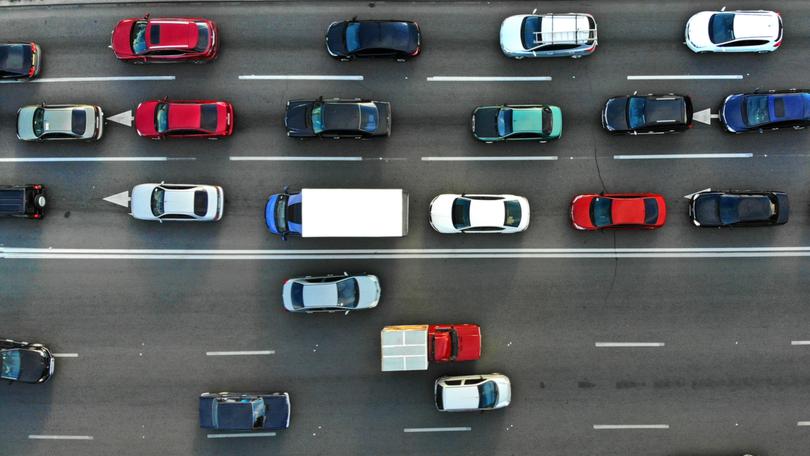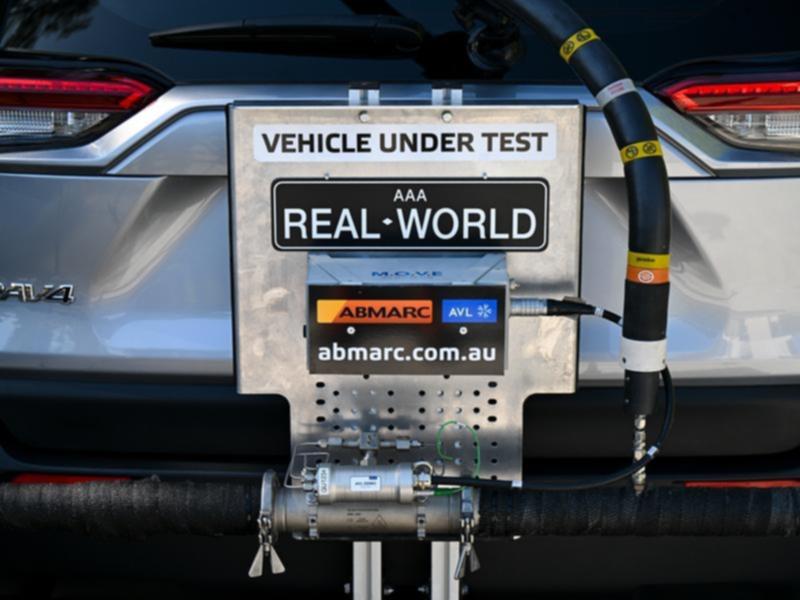Australian Automobile Association’s real-world testing shows cars are dirtier and thirstier than promised

Popular cars are burning more petrol and creating more pollution than promised in Australia, with the latest real-world test results showing some vehicles use as much as 20 per cent more fuel than disclosed to motorists.
Some of the vehicles also produce more emissions than allowed in Australia, including one small car found to emit almost twice as much carbon monoxide as the regulatory limit.
The Australian Automobile Association revealed the latest findings from the Real-World Testing Program on Wednesday after examining results from another 13 vehicles.
Sign up to The Nightly's newsletters.
Get the first look at the digital newspaper, curated daily stories and breaking headlines delivered to your inbox.
By continuing you agree to our Terms and Privacy Policy.The testing came amid a debate over the fuel consumption of vehicles sold in Australia and the introduction of a fuel-efficiency standard by the federal government due to be introduced in January next year.
The latest real-world tests, which took place on roads around Geelong, investigated the fuel consumption and emissions of small passenger cars, small and medium-sized SUVs and people-movers.
The results showed five of the 13 vehicles tested exceeded their lab-tested fuel consumption findings by as much as 20 per cent.
The BMW X3 SUV fared worst in real-world tests, which showed the vehicle used 8.9 litres for every 100km, rather than the promised 7.4L, and produced 23 per cent more carbon dioxide than disclosed.
The small MG3 also used 19 per cent more petrol than its lab result showed, Audi’s Q5 SUV used 17 per cent more diesel and Toyota’s Yaris Cross Hybrid used 12 per cent more petrol than promised.

AAA managing director Michael Bradley said the results underlined the importance of independently testing vehicles in real-world conditions and providing verified and reliable information to motorists and fleet buyers.
“When comparing vehicles, consumers cannot assume that better lab performance will translate into real-world savings,” Mr Bradley said.
“This information could help a new car buyer save hundreds of dollars a year.”
The tests also provided some surprising results, including a positive finding for Kia’s Carnival people-mover that was found to use seven per cent less diesel that its lab tests showed and produce six per cent less carbon dioxide.
However, the tests showed four vehicles exceeded the regulatory limits for nitrogen oxides, including the Kia Carnival, Hyundai’s Stadia, and Kia Sportage.
The popular MG3 also produced almost double the amount of dangerous carbon monoxide as allowed in lab tests, with its results 85 per cent over the limit.
The $14 million vehicle-testing program, funded by the federal government, launched in October last year and is expected to test 200 diesel, petrol and electric vehicles on motorways, as well as urban and rural roads, over four years.
The testing program came after a 2015 scandal involving Volkswagen in which the automaker was discovered using software to alter vehicle emissions during laboratory tests.
